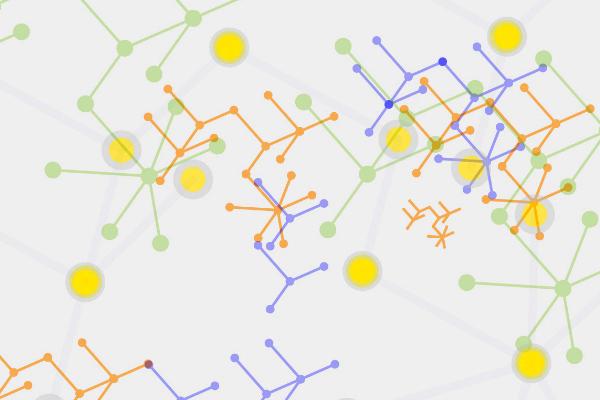
The last few years have seen the rapid development of mathematical methods for the analysis of shape data arising in biology and computer vision applications. Recently developed tools coming from the fields of optimal transport and topological data analysis have proved to be particularly successful for these tasks. The goal of this conference is to bring together researchers from these communities to share ideas and to foster collaboration between them. Talks will focus on computational and theoretical aspects as well as on applications, with a focus on shape analysis.
View the TGDA@OSU conference website here: https://tgda.osu.edu/ot-tda-workshop/
